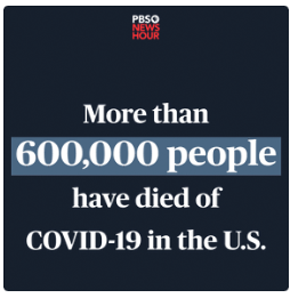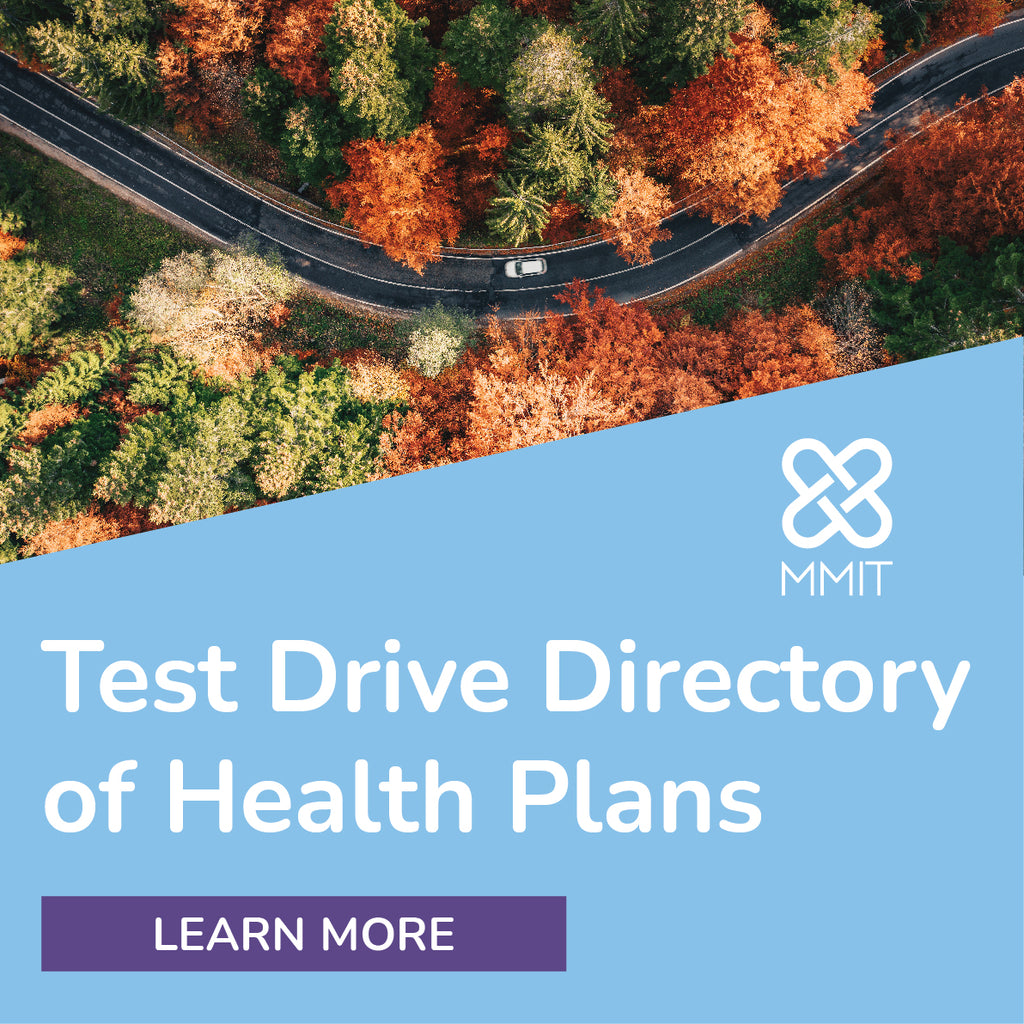Health Plan Weekly
-
News Briefs
✦ Multiple news outlets were reporting at press time that President Joe Biden was expected to nominate Chiquita Brooks-LaSure as the new CMS administrator. Brooks-LaSure, who currently is a managing director with Manatt Health, previously served as deputy director for policy at the Center for Consumer Information and Insurance Oversight within CMS, and as director of coverage policy at HHS, playing a key role in passing and implementing the Affordable Care Act. Read more about Brooks-LaSure at https://bit.ly/3pBfgDc.
✦ Analyses are rolling in for the provisions in House Democrats’ COVID-19 relief proposal that would increase ACA subsidies for two years. The Congressional Budget Office estimated that a pair of provisions in the relief package — which would temporarily increase the value of ACA subsidies for those who already qualify and extend subsidies to people who previously weren’t eligible — would cover about 1.3 million uninsured people in 2021 and cost the federal government about $34 billion. Separately, a new analysis from the Kaiser Family Foundation found that “the vast majority of the nearly 14 million people already insured through the individual market would see lower premiums under the proposal” and that “most of the roughly 15 million uninsured people who could buy coverage through the marketplace would be eligible for new or bigger subsidies.” Read the CBO analysis at https://bit.ly/3ubYrT6 and the KFF report at https://bit.ly/3k2YprU.

-
Pandemic Exposes Need for Alternate Primary Care Payment
Experts in primary care say the field has still not resolved long-term financial and structural challenges exposed by the COVID-19 pandemic. They also point out that primary care must play a central role if the health care industry will successfully confront the structural racism and inequality made worse by COVID-19.
In a Feb. 17 virtual event organized by the Robert Graham Center, a think tank that studies population health, family medicine and primary care, panelists described the financial challenges posed to primary care by the pandemic, which include accelerating consolidation and a problematic reliance on fee-for-service revenue. The panel, which featured executives, researchers and practitioners from organizations including CVS Health Corp. and UCLA, also observed that PCPs are on the front lines of population health challenges caused by structural inequality — which the pandemic has made even worse.

-
Analysts Shrug at Stock Selloff Following CVS Earnings Report
Although CVS Health Corp.’s stock price dropped about 5% after the company reported its fourth-quarter and full-year 2020 financial results on Feb. 16, equities analysts seemed to be unshaken in their view that the firm — which owns health insurer Aetna — has strong fundamentals.
For the fourth quarter of 2020, CVS’s net income of $975 million was down 44% compared with the prior-year period, a result the company partially attributed to lower operating income driven by the impact of the COVID-19 pandemic on its Health Care Benefits and Retail/Long-Term Care segments. For the full year 2020, CVS’s operating income and net income increased relative to 2019, fueled in part by a $307 million payout from the Affordable Care Act’s risk corridors program and a $269 million gain from the sale of the firm’s workers’ compensation business.

-
States Might Not Fight Medicaid Work Requirement Rollback
In recent weeks, the Biden administration has begun the process of rescinding Trump-era waiver programs authorizing Medicaid work requirements. Experts say that the new administration has a strong legal position in doing so, even though it faces some road blocks, and that the moves are part of a larger strategy to bolster Medicaid.
Experts anticipated the move by the new administration to directly address work requirements following an executive order from President Joe Biden (HPW 2/5/21, p. 1) that directed agencies to review “demonstrations and waivers, as well as demonstration and waiver policies, that may reduce coverage under or otherwise undermine Medicaid or the ACA.” On Feb. 12, CMS sent letters to states that received Section 1115 waivers under the Trump administration that allowed them to require certain Medicaid beneficiaries to prove they are employed, looking for work or volunteering. State Medicaid chiefs in Arizona, Arkansas, Georgia, Indiana, Nebraska, Ohio, South Carolina, Utah and Wisconsin all received letters. Arkansas is the only state that has been able to put work requirements into effect, though its demonstration program was suspended after federal courts ruled against it.

-
ACA Exchanges Get Another Boost With Aetna’s Planned Reentry
Executives at CVS Health Corp. revealed on Feb. 16 that its Aetna insurance division plans to return to the Affordable Care Act exchanges starting in 2022, a move that health care policy experts say underscores the increasing attractiveness of the individual insurance market for carriers. They also indicate that the trend is expected to continue, barring some major — and unlikely — policy shift.
“After careful consideration, we have decided to reenter the individual public exchange market as of January 1, 2022,” newly minted CEO Karen Lynch said in her prepared remarks during CVS’s earnings call to discuss fourth-quarter and full-year 2020 financial results (see story, p. 3). “As the ACA has evolved, there is evidence of market stabilization and remedies to earlier issues,” Lynch added. “It is now time for us to participate in these markets. We will show that we can bring great value to those who seek coverage.”












